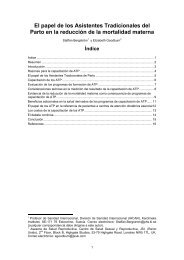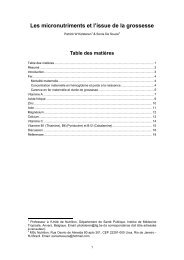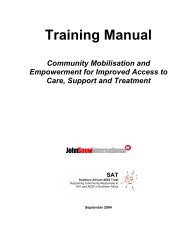book for PDF - John Snow International Europe
book for PDF - John Snow International Europe
book for PDF - John Snow International Europe
Create successful ePaper yourself
Turn your PDF publications into a flip-book with our unique Google optimized e-Paper software.
.SesbaniaSesbaniasesbanSunnhempCrotalariajuncea, C.orcroleucaA toughannual herb.VetivergrassVetivariazizanioidesA fast-growing indigenous tree. There are annualand perennial varieties. Plant in the vegetablegarden, or cropping area <strong>for</strong> soil-improvement,shade and shelter. Prune back the lower branchesto avoid shading crops. Use the wood <strong>for</strong> poles orfuel. The leaves can be made into mulch, compostor soap. This tree tolerates dry conditions butprefers being watered. It likes sandy, well-drainedsoil. Grow sesbania from seed soaked in hot waterovernight. Plant in sleeves then transplant in therainy season.A tough perennial shrub. Plant on the boundaryof the vegetable garden, around fruit trees andin between row crops as a green manure. Slashthe plant as flowers are produced and use asmulch. Sunnhemp grows densely so is good <strong>for</strong>smothering weeds and protecting the soil fromerosion. The plant can be made into fibre, twineand paper. Seeds can be used as an insecticideagainst borer. Sunnhemp roots repelnematodes and attract earwigs – importantpredators. Note: sunnhemp is toxic to mostlivestock. This plant is fast growing and droughtresistant,tolerating most soils. Sow the seeddensely at the start of the rains.This tough bunch grass can be used in areaswhere there is not much water to hold the soil andact as a hedge or windbreak. Plant vetiver alongpaths, on boundaries or on contour strips in maizefields. The roots smell strongly and help repel soilpests. The grass should be cut twice per year andused as mulch.84






